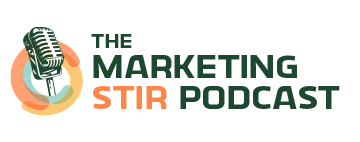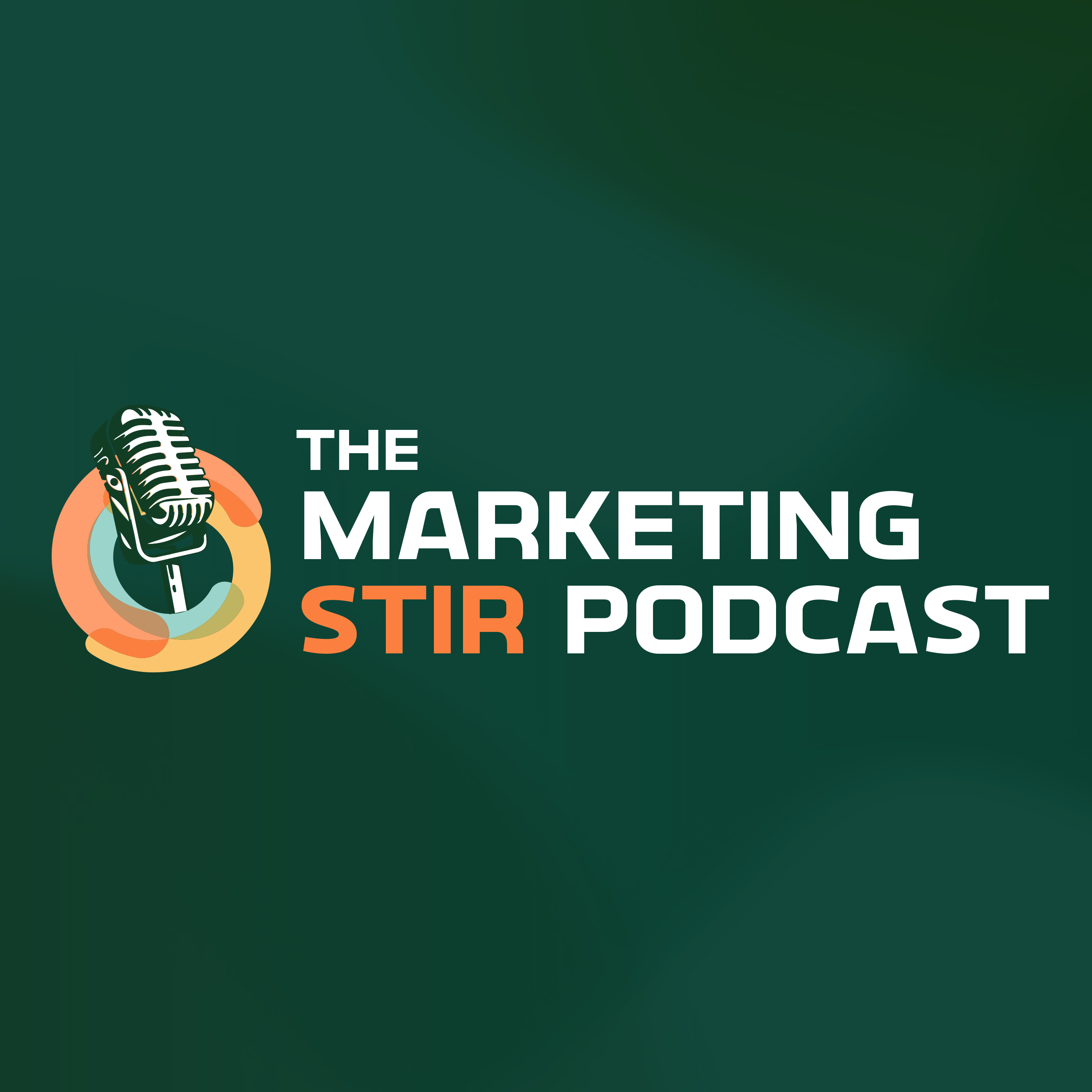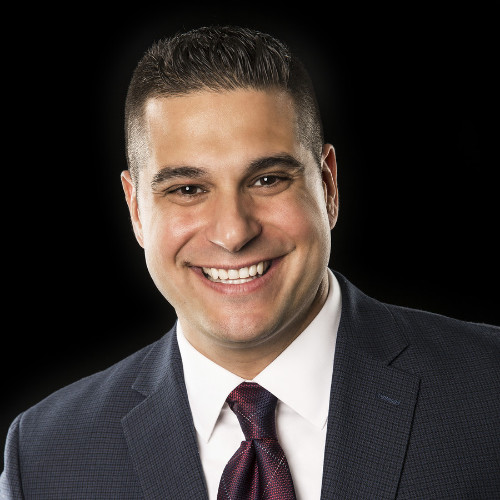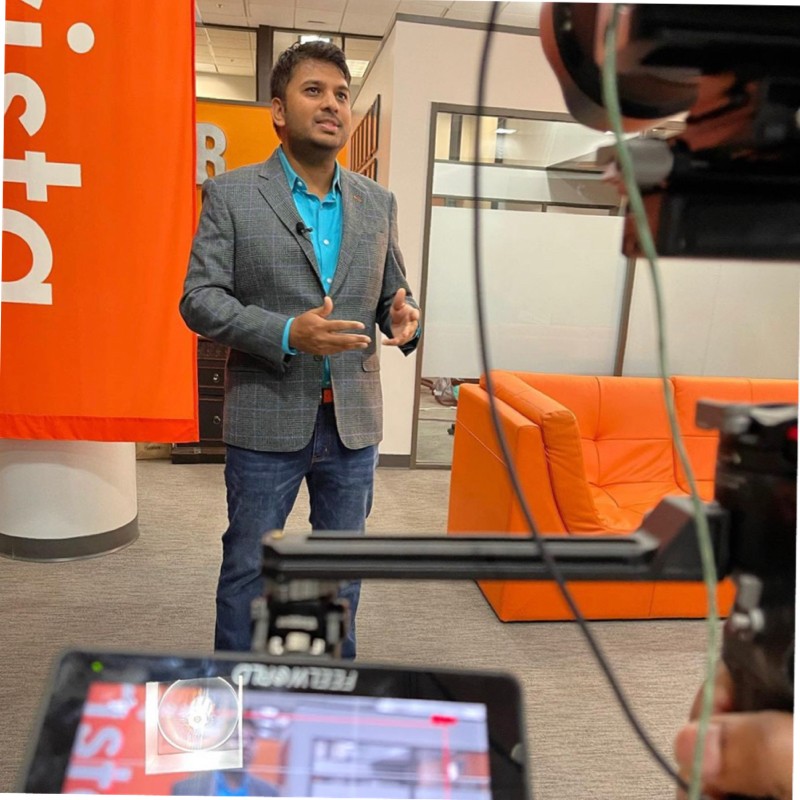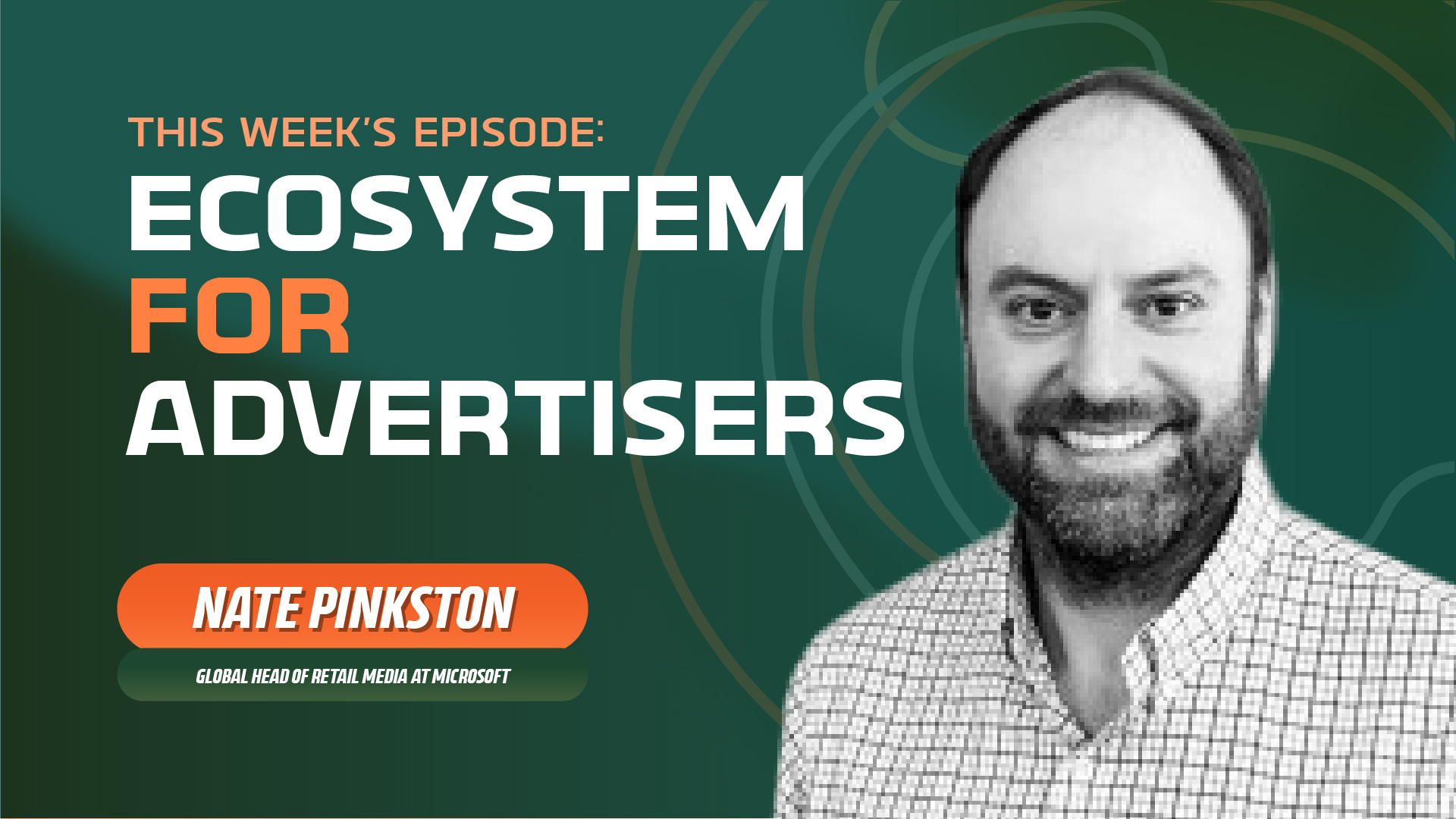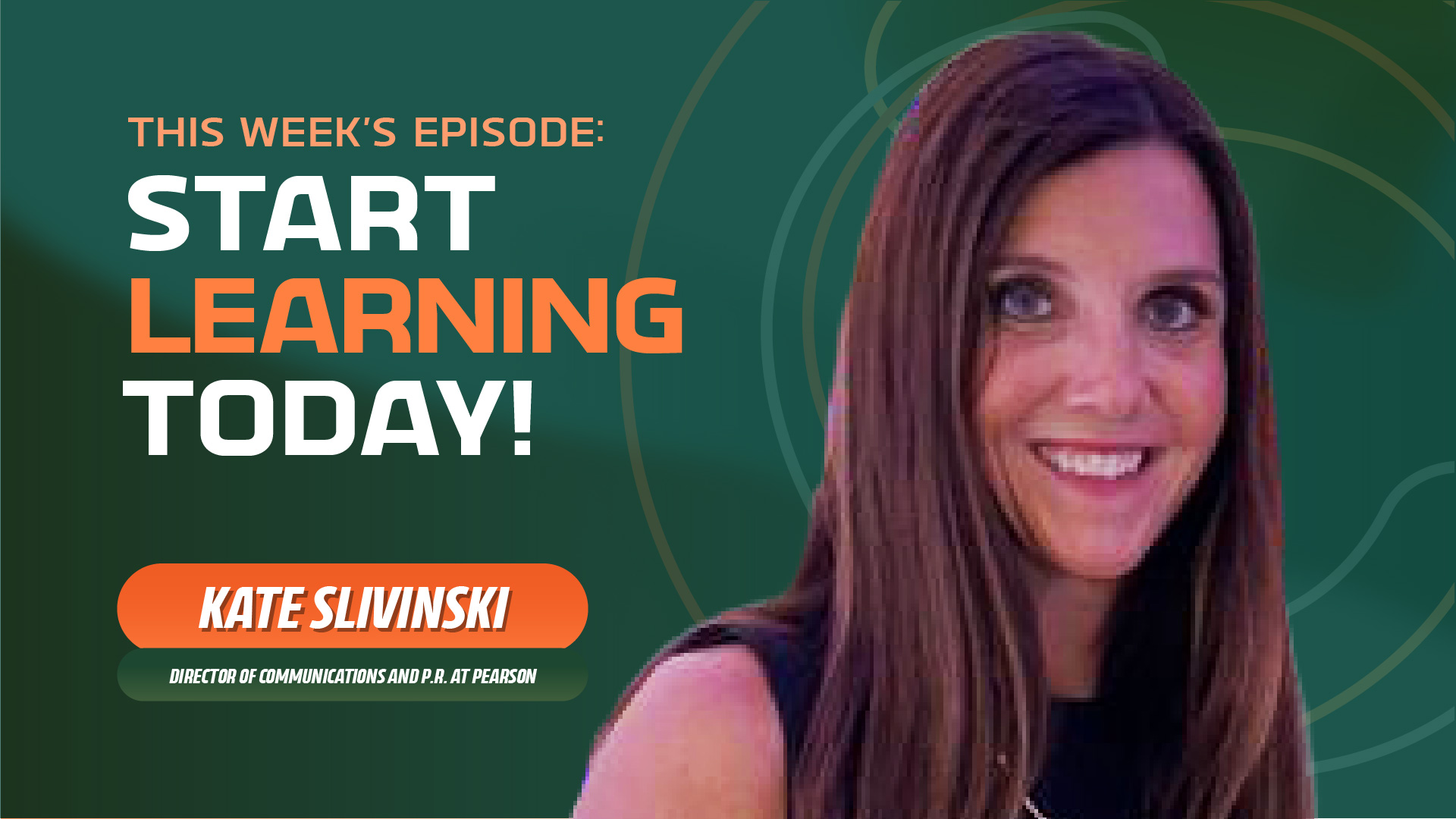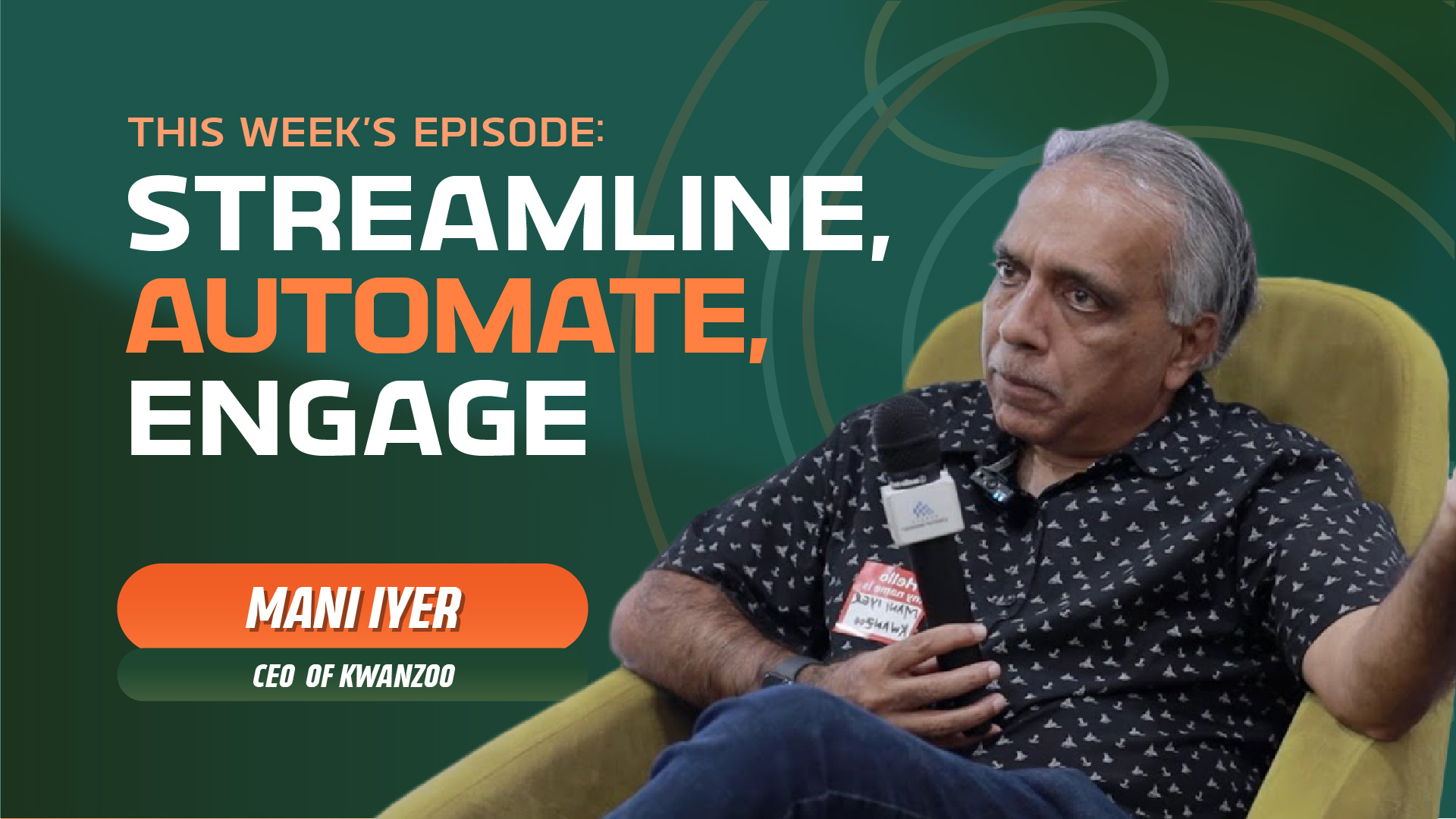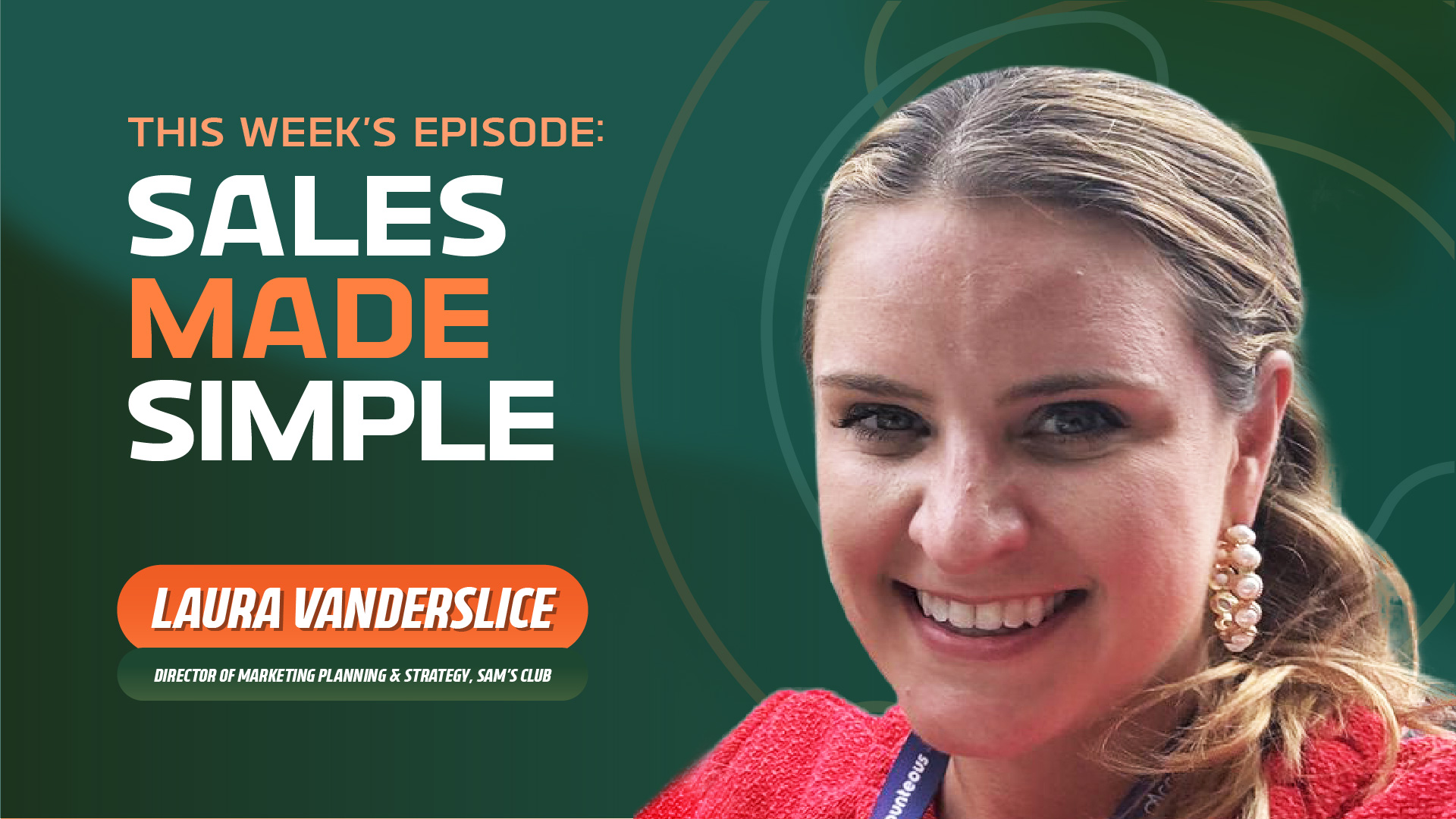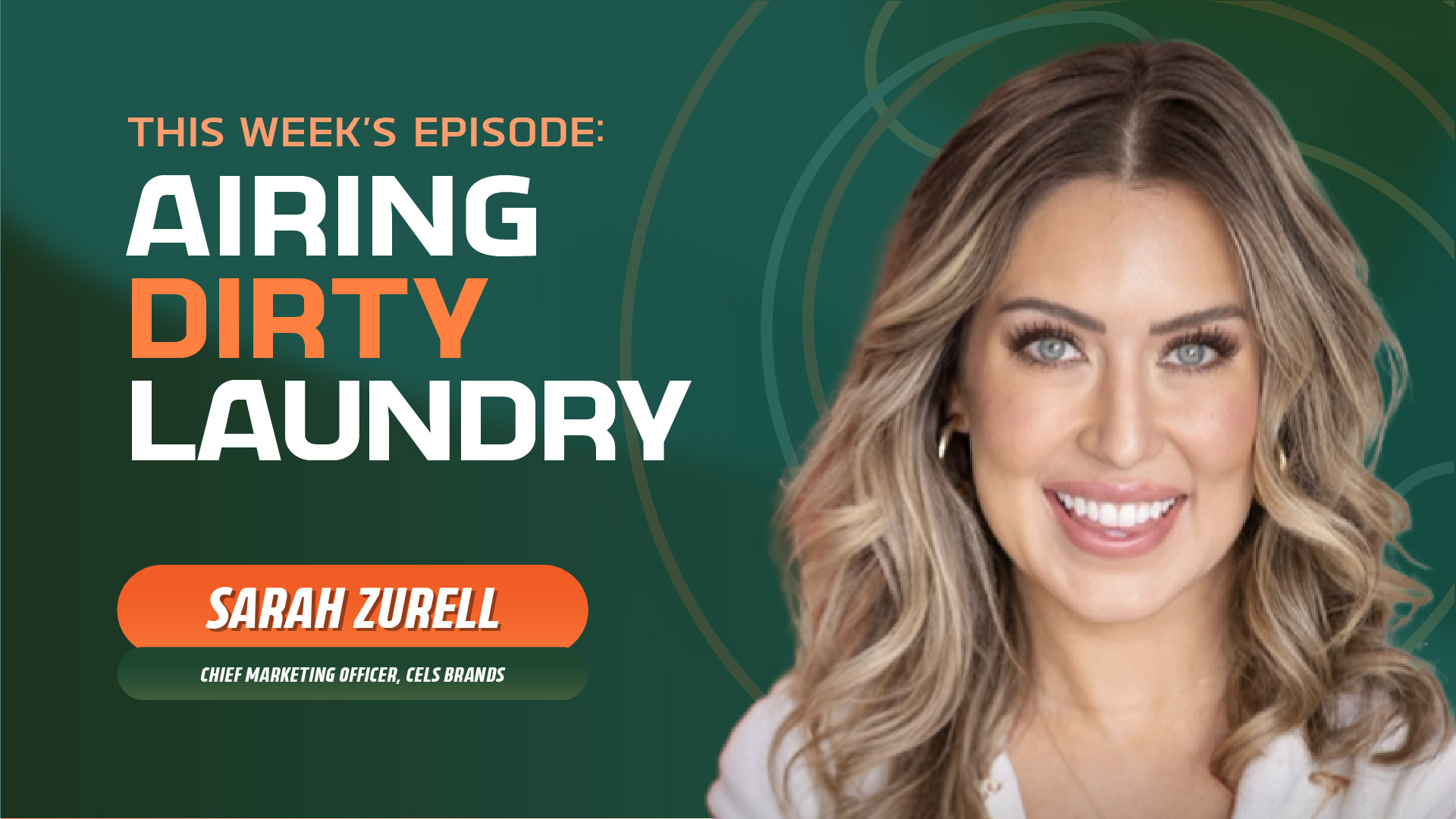Marketing Stir Best of Season 3: Lyft, iLending, and Insperity
- 0.5
- 1
- 1.25
- 1.5
- 1.75
- 2
Speaker 1: Maybe big data has gotten too big. Whether you're a B2B marketer or a consumer brand, your data needs to be viable, relevant, and accessible, so that Stirista can help you retain customers, acquire customers, and make it personal.
Vin: Welcome to the Marketing Stir Podcast by Stirista, probably the most entertaining marketing podcast you're going to put in your ear. I'm Vin, the producer here at Stirista. The goal of this podcast is to chat with industry leaders and get their take on the current challenges of the market, and we'll have a little fun along the way. In today's episode, we take a look back on Season Three thus far with some of our favorite guests, including Brooke Papiri, the Chief of Staff for Marketing and Communications at Lyft, Larry Shaffer, Senior Vice President of Marketing and Business Development at Insperity, and Renee Brown, the Chief Marketing Officer at iLending. Get a listen.
Brooke Papiri: We have done anything and everything. We do digital, social, we've done out of home, everything above and below the line you can think of. I will say during Covid particularly, we obviously got even more efficient on our digital channels. A lot of what we stopped doing was anything that we were doing in person, again out of home. Buying billboards was less relevant when no one was leaving their homes. We stopped doing some of our key partnerships and sponsorships and leading much more so into digital channels. A lot of what you can imagine with Lyft, it's a two- sided marketplace. So what we're trying to do is reach riders and drivers, both those who have not ridden or driven with us before, to bring them onto the platform, but then also those who we want to continue to engage with. So a lot of what we use from an engagement perspective is actually our own channels. So email, social, we use a lot of in- app notifications. Really leverage our surfaces within the app itself so that we're communicating with folks when they're riding, when they're considering a ride and even when they've finished a ride as well. So we have various touch points there. Obviously, contextualizing the experience is always an easier way to communicate with someone knowing they're already within your app.
Vin: And Brooke, you've been there about seven years, which is a rarity these days for that.
Brooke Papiri: Yes.
Vin: And how have you seen the company change and evolve over the years?
Brooke Papiri: We've grown up a fair amount, I'd say, since I started. We were a few hundred people when I joined seven years ago. We are now several thousand so quite a big leap. I think when you grow 10 x let's say, and in some cases even faster at time, inevitably processes have to change, reorgs have to happen. You have to start thinking about how to do things more efficiently at scale more than anything. I think one thing that hasn't changed that I think that keeps me at Lyft is the culture and the people. I always say that Lyft has some of the brightest and most brilliant folks I've worked with and they work with a dedication really to the mission and to the brand and to their everyday work. A dedication I haven't seen in other companies and with very low ego. That breeds a culture that's very... there's this spirit of let's just get it done. We really want to all work together to accomplish the broader goal and I think it makes everyone work really well as a team, regardless of what size we're at.
Larry Shaffer: We look at it in there's three main impact areas. First of all, just advancing our brand. That's the first area. The second one is creating direct leads, and then the third one, which I just referred to in business opportunities, is creating opportunities, a rich selling environment for our salespeople to work in. So advancing the brand, I think we'll talk about that a little bit more here in a moment, but when it comes to advancing the brand, everything matters. Not just your formal media and not just everything on digital, but everything related to how the marketplace experiences our company, which has an awful lot to do with all of our people that work out in the marketplace. So advancing our brand and then creating direct leads is really, really critical as well and we are seeing that grow significantly. We have, I would say over the last three or four years, we've been tinkering and adjusting and testing in regards to both digital advertising and becoming more successful with digital search and moving into other arenas where we are giving the marketplace the opportunity to raise their hand and say, " Give me a call." So that's what we mean by creating direct leads, when someone through our website and through other means says, " I'm a prospect, I want to talk to you." But that really accounts for about 30% of our business. The other 70% comes from creating these opportunities which is channels marketing into key alliances and key associations. And something that we have developed pretty significantly over the last five years is we have about 1400, maybe even up to 1500, micro events in all of our different markets around the country. And so those little micro events can be networking events, they can be specialized dinners, they can be a speaker, thought leadership. We use even axe throwing, wine tasting, cooking glasses. We do all kinds of high touch professional events to create this environment that our salespeople can bring prospects to, our clients can come and introduce new prospects to us, and it's not a hard sales event, not at all. Actually, it's just a soft networking event where we bring together professional people that can get to know each other and we don't even focus, it sounds funny, but we don't even focus on getting referrals. We focus on getting the right people in the room and good things happen.
Vin: Larry, that's great. We have very similar philosophy to you, Winston and I do a lot of networking and trade shows, so pandemic was a little hard for us to be contained, but we're glad that the world has reopened.
Larry Shaffer: Oh, we're very excited about that. We did figure out how to do some of these events on Zoom. You take a tequila tasting, you send out some of the tequila ahead of time and how all that goes. And so we pivoted, but nothing like being in person.
Vin: Absolutely. So Larry, what's the biggest challenge you're facing in your role, whether it's in marketing or bus dev?
Larry Shaffer: Well, all of the functional areas in my role are working well, all the functional areas that I just mentioned. When I think about the biggest challenge, it's getting enough face time with my people to let them know I care about them, that I support them. And when I say my people, not just the ones that report to me, but I've got about 140 people in my organization, but you just get buried in the work. I spend a lot of time with my direct reports, which there's seven of them, but just having more time to get to know the 140 employees in my organization. I wish I had more time to do that. And even when I'm here at the corporate office like I am today walking the halls, I've always got in the back of my mind a presentation coming up to the board or a meeting coming up and it can just be distracting sometimes from stopping and looking people in the eye, finding out how they're doing and interacting with them on a personal basis. So I just find that to be a challenge sometimes and I wish I had more time to do that.
Renee Brown: Yes, digital has taken over, not only how financial services companies help consumers, but how consumers take in information and it's changed expectations. And so when I think of things early in my career, I will say direct mail was huge as I started. So being on press checks and doing all the QC of direct mail was early in my career, and honestly, that is back now. Direct mail is one of the best channels that we have in my business today because we can extend firm offers that are very personalized and people's mailboxes are not as full as they once were and so you have less competition in the mailbox. So that's one example of where what's old is new again in marketing. But the difference in direct mail today is we do retargeting today. So if we send out a million pieces of mail, we can probably send out 750,000 emails because we have those email addresses and then you can retarget them on Facebook and other social media channels and on their Google searches and that sort of thing. And so that really increases the productivity and the efficiency and effectiveness of direct mail is the digital component. But overall, as you think about the changes that have happened in the world of digital, I would say around 2010 as social media started really becoming part of all of our lives, consumers have given up all of their privacy willingly and not even realizing it because social media started very in an innocuous way and people were sharing what they were eating and reading and just every moment of every day not really being clear that these companies were buying their data, buying their behavioral information and selling it. Now consumers are a little bit more aware but still you see people, particularly kids, younger people, give up so many elements of privacy. What it's good for marketers is we can really hone in on some behavioral things and really target consumers better but at the same time, that feeling of privacy is a really a false sense of security and it's because of the way that we interact digitally and our ability to really track a consumer is substantial. I know a lot of consumers dislike the retargeting advertising but it's part of our every day where if you express interest in a car or any kind of product or service, it will chase you around for a long time because people know what your behaviors are and that can be very good and it also has its limitations. And so I would say financial services now has a lot more great data on consumers to better target consumers and I think the problem with financial services is the expectations of consumers continue to grow and grow and I think financial services is still behind on how do we educate consumers, make them smarter, make them not have to work as hard, make things easier to understand. So I think all areas of financial services, we have a lot of work to do to improve. So those are just some of my thoughts. Probably any one of those areas we can spend 30 minutes talking about.
Vin: No, I love the insight. You and I have a few things in common, communications, I find myself in marketing now. I think it's a nice transition in listening to you talk and then you're right, it's like the direct mail. What's old is new again, in a lot of ways. I was just at an event where this consulting group was talking about 2023, and you're right, it's that direct mail. A lot of people were home, those business executives were not in the office. So how do you still reach them, for example, that's one way. So I love hearing that. QR code too. Remember that Renee? The QR code about seven years ago, people were like, " I'm not scanning this. I don't know what's going to happen." And now you got everyone using the QR code.
Renee Brown: Yeah, you can thank Covid for that, the restaurants using, so every consumer knows how to use a QR code now. I thought QR codes were dead, they're not.
Vin: I thought so too. Now if you looked at some of the Superbowl commercials, everyone had a QR code. Almost everyone had a QR code, it's interesting to see. But let's get back to some of the... It is a marketing podcast. Let's talk about that marketing. You're utilizing direct mail. What are some other channels that you're using to market to this audience? And this audience is really, like you said, people who are in the market, who already have a car. Maybe they already have a loan on it, maybe they've owned the car for a few years. Talk to us a little bit about that.
Renee Brown: So our marketing mix, of course, I mentioned direct mail. We focus on partnerships a whole lot. So we partner with large aggregator organizations who have web presences such as a lending tree, as an example, where consumers are out researching on financial matters and our ability to find out that they have a vehicle and information on them and then be able, if they express interest in a refinance, be able to reach out to them and help them out. We have more than 70 partners and so that's a big part of what my team does. How do we partner with people in the automotive industry and the financial industry, other industries, to find these consumers? The other space of course, is digital advertising, social as well as paper click, and that space is a huge focus for us. The way that people are searching for terms is critical. If somebody searches auto refinance, we want to be the first name that pops up so that they research us prior to any of the competition out there. And the paper clicks space is really interesting because you can see how an area gets a whole lot of interest at certain times in a market cycle and then it can drop off, and a lot about how much people are paying for those search terms is a very interesting leading indicator on how the overall industry is performing. So my team does really performance marketing. All of our loan consultants, every time the phone rings, it's because of something we've done in marketing and so that's a little bit of a difference being at a smaller company. I sit with our loan consultants, if they're having a good day, I know it, and if they're having a slow day, I also know it. So I get immediate feedback. Whereas at larger companies, sometimes you don't get feedback that quickly and that's a good thing for our marketing team because if things are slow, we can start adjusting what we're doing from a marketing standpoint and that's pretty fun. So that's a little bit about what we're up to every day.
Vin: Thanks for listening to the Marketing Stir podcast by Stirista. Please like rate and subscribe. If you're interested in being a guest on the podcast, please email us at themarketingstir@ stirista. com, and thanks for listening.
DESCRIPTION
Take a look back on season 3 thus far with some of our favorite guests including Brooke Papiri, the Chief of Staff for Marketing and Communications at Lyft, Renee Brown, the Chief Marketing Officer at iLending, Larry Shaffer, Senior Vice President of Marketing and Business Development at Insperity
